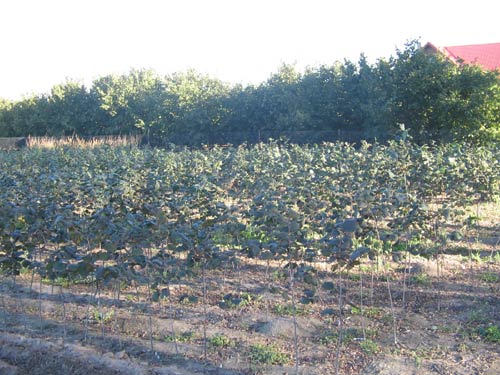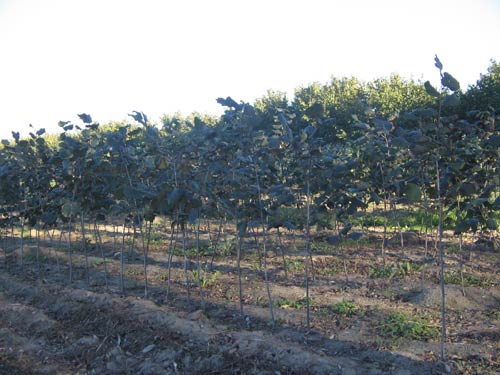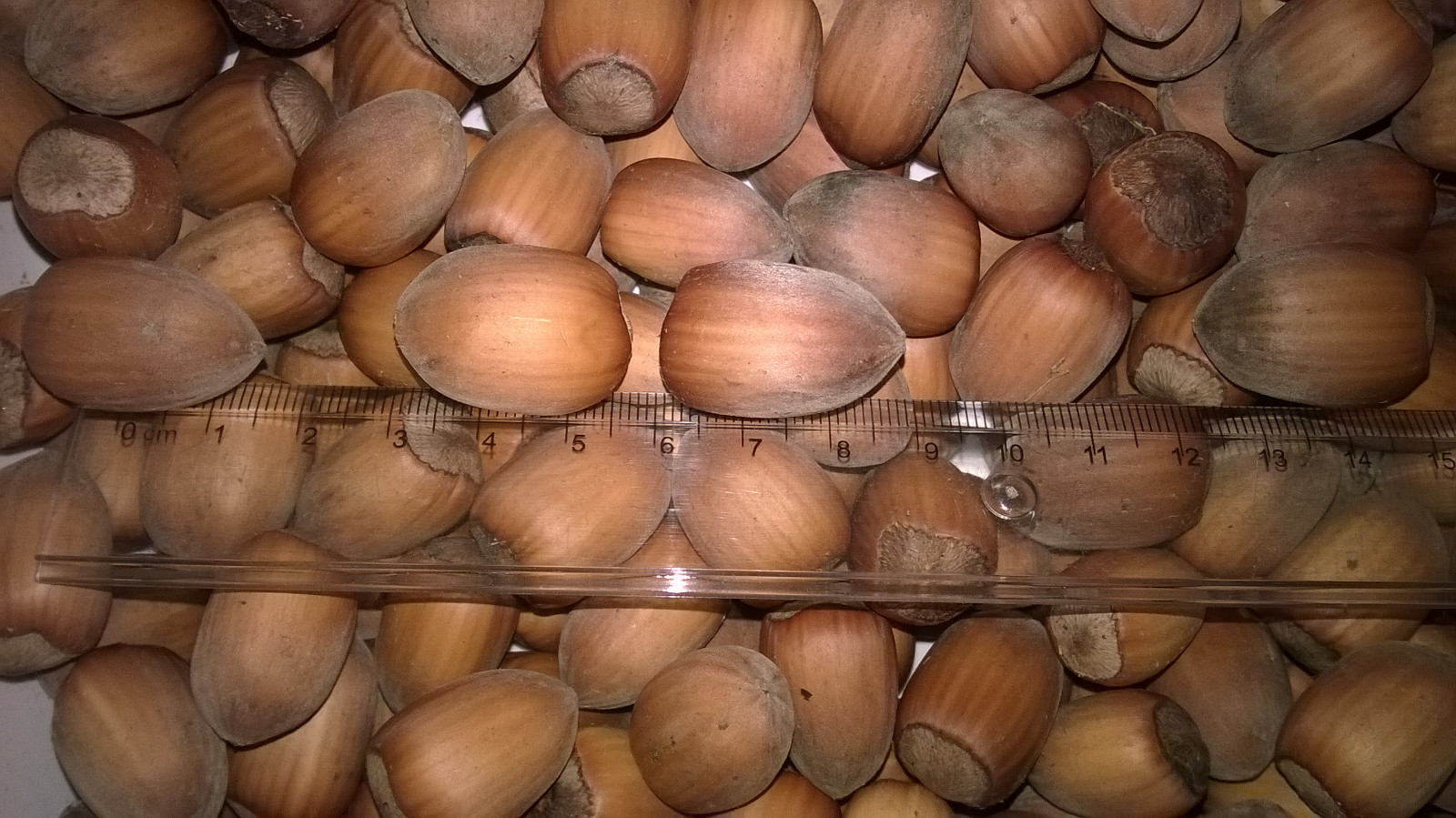
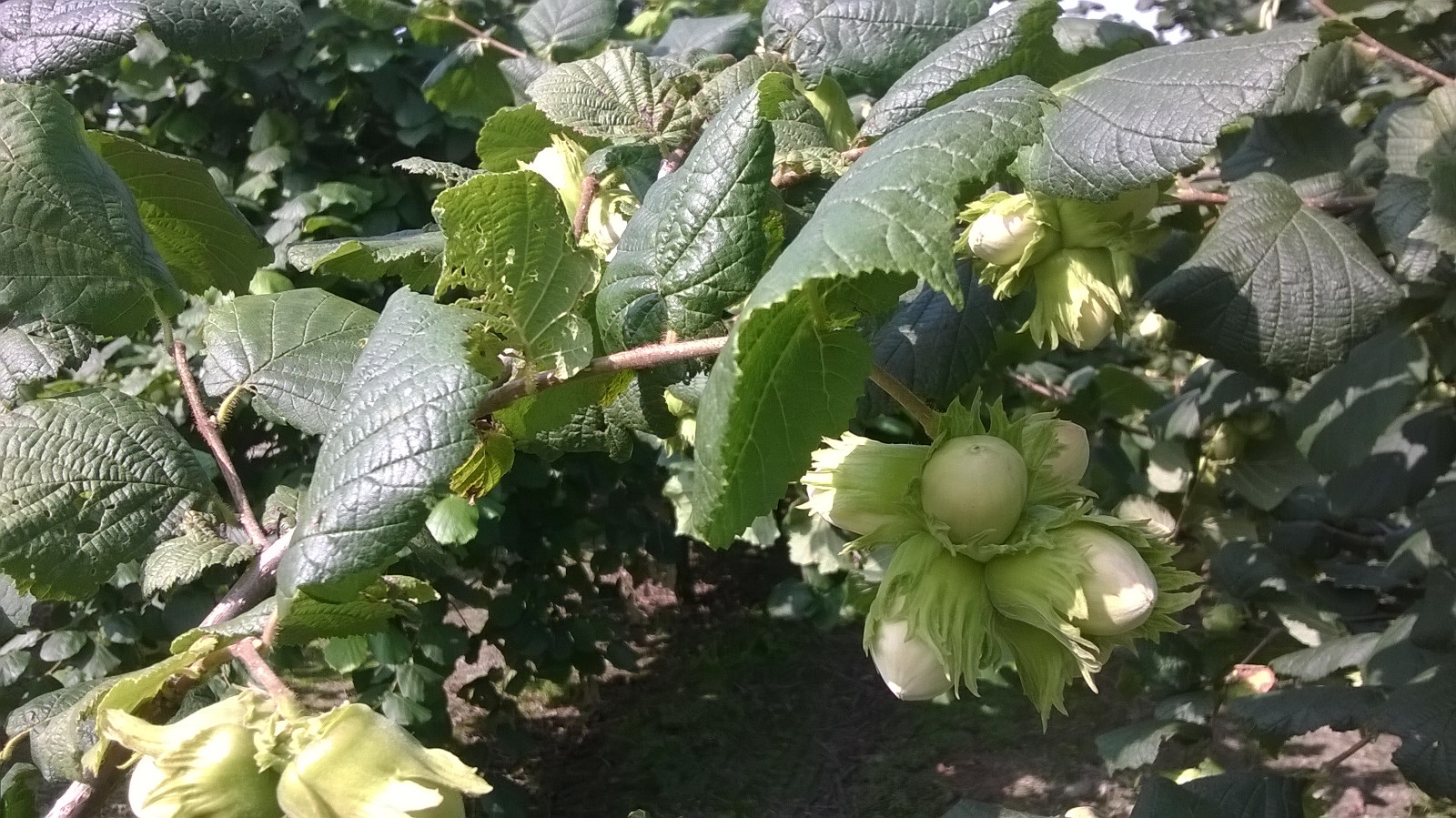
Hazelwood, commonly known as hazelnut, is one of the oldest and the most appealing fruit-growing/harvesting/orchard plants. In the older ages, a hazelnut was hugely (being) widespread/exported on Polish soil and the hazelnuts made up a component of nourishment. In the natural state, hazelwood usually is a understorey of not too thickened forests - mainly leaved and mixed ones, rarely mixed ones. In addition to this, not only is hazelwood often situated among the shrubberies near the shores of rivers and lakes, but also on the flanks, on the brinks of woodlets, forests, gorges and wastelands of any kind.
In recent years, people have been busying themselves with large-scale fruit-growing cultivation of a hazelnut. The result was an obtainment of valuable, fruit-bearing types of a plant which were also more resistant for low temperatures. Thanks to that, commodity production of this plant developes on much bigger scale. Since 1987, I have been keeping such an orchard on my farm. Currently, its surface is 6,0 hectares (222,39 acre). Besides, I have been keeping a hazelnut nursery.
mgr inż. Bogdan Majchrzak (Master Engineer of Fruit Growing)



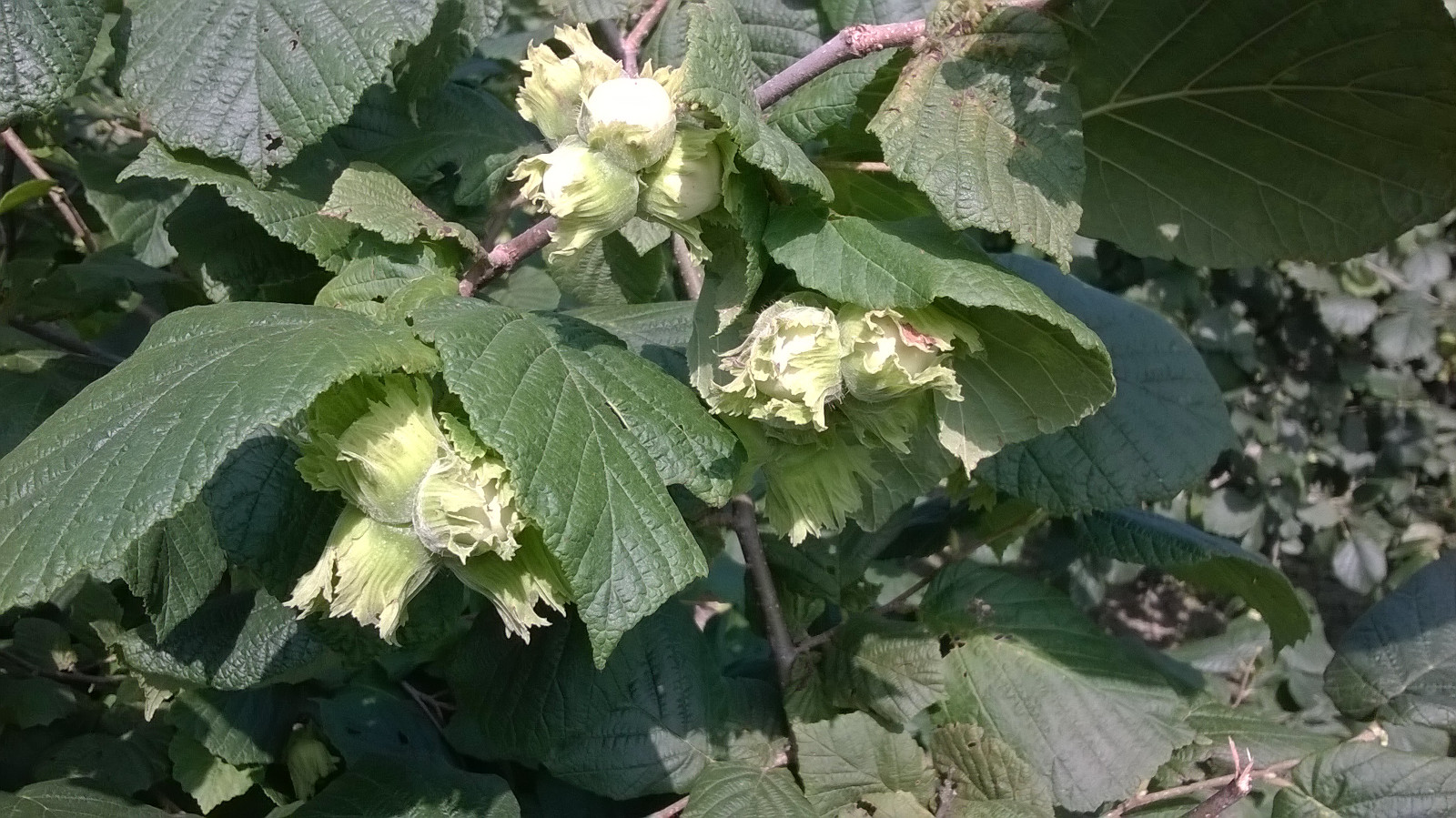
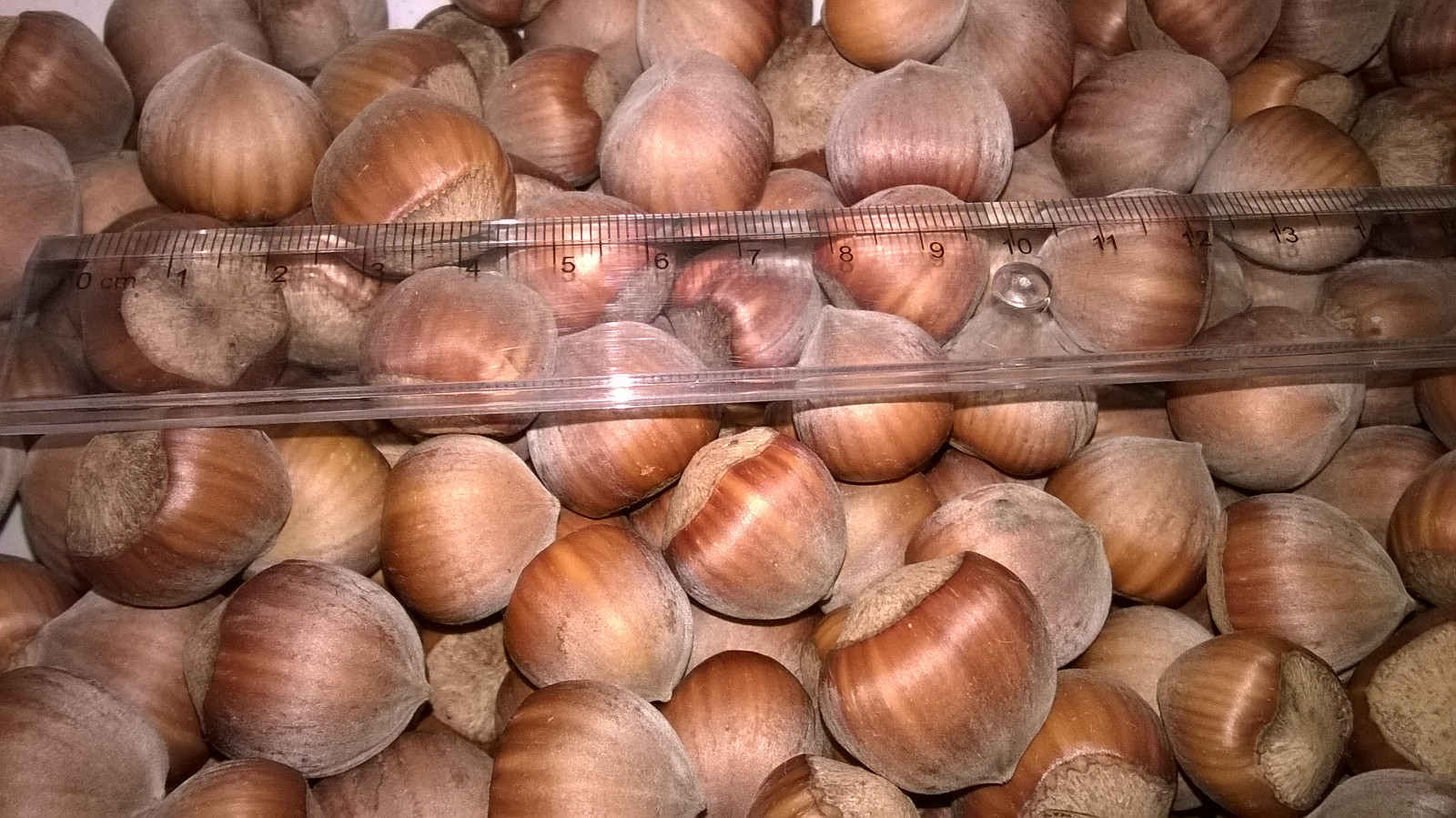
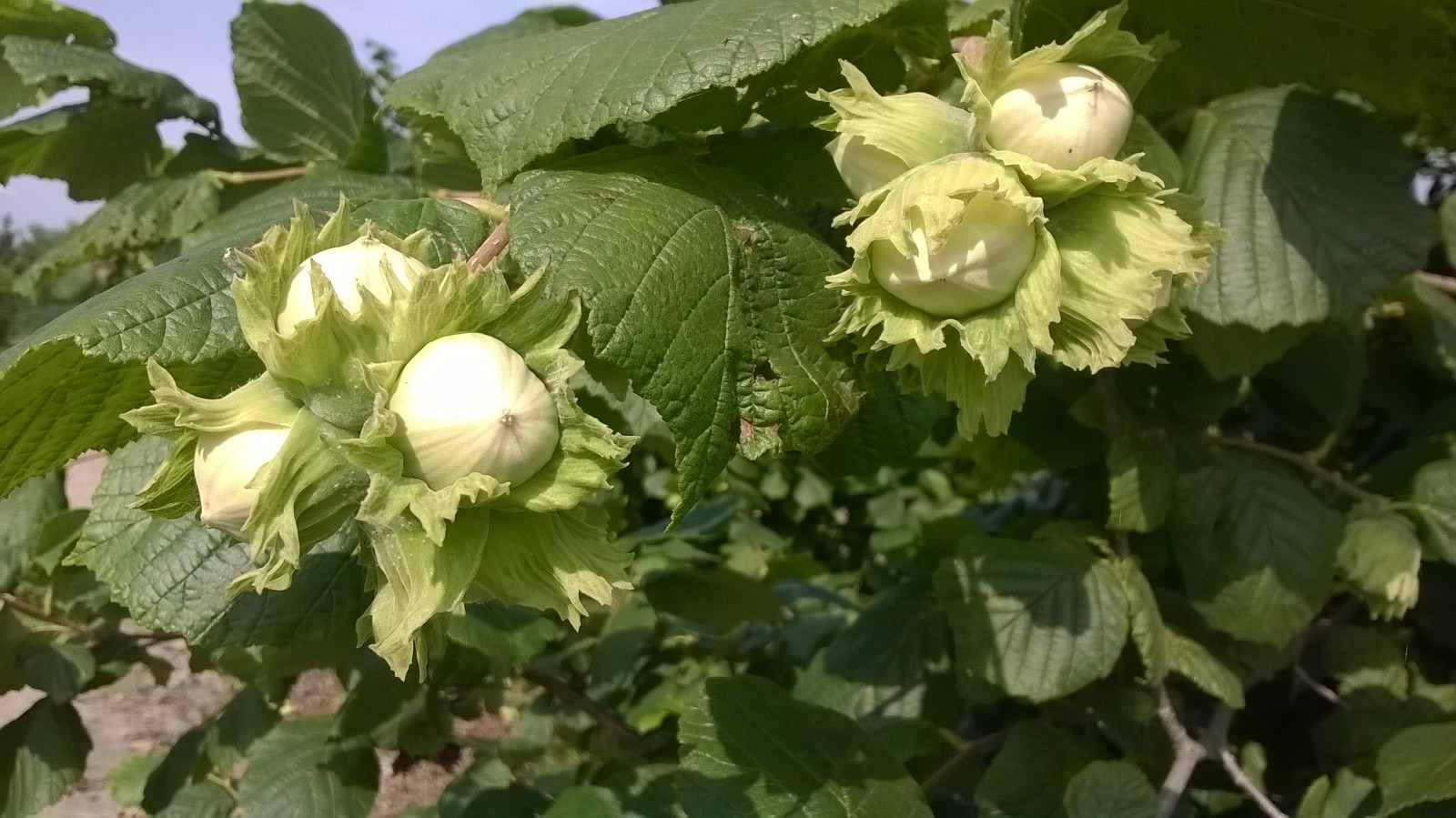
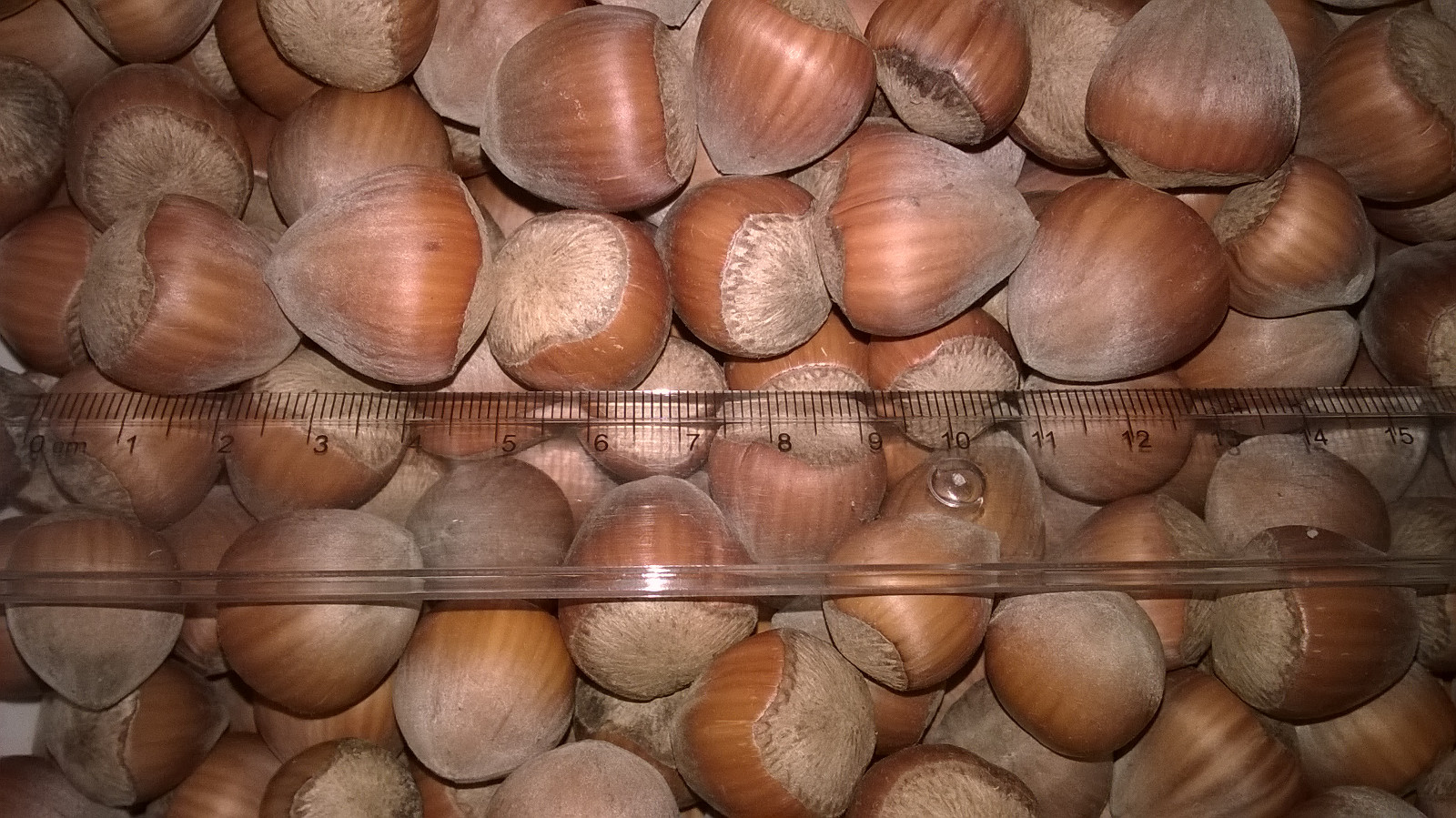
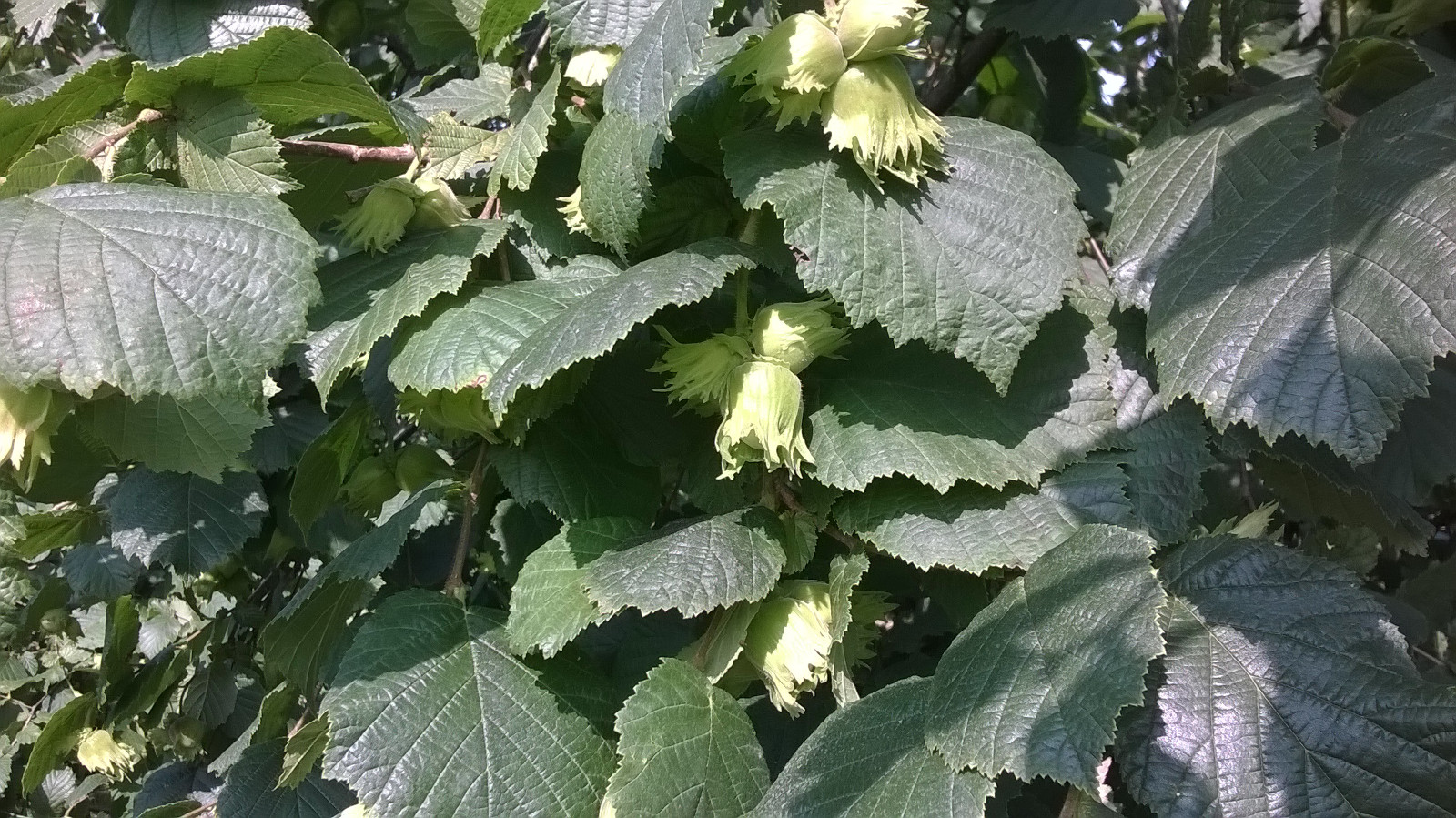

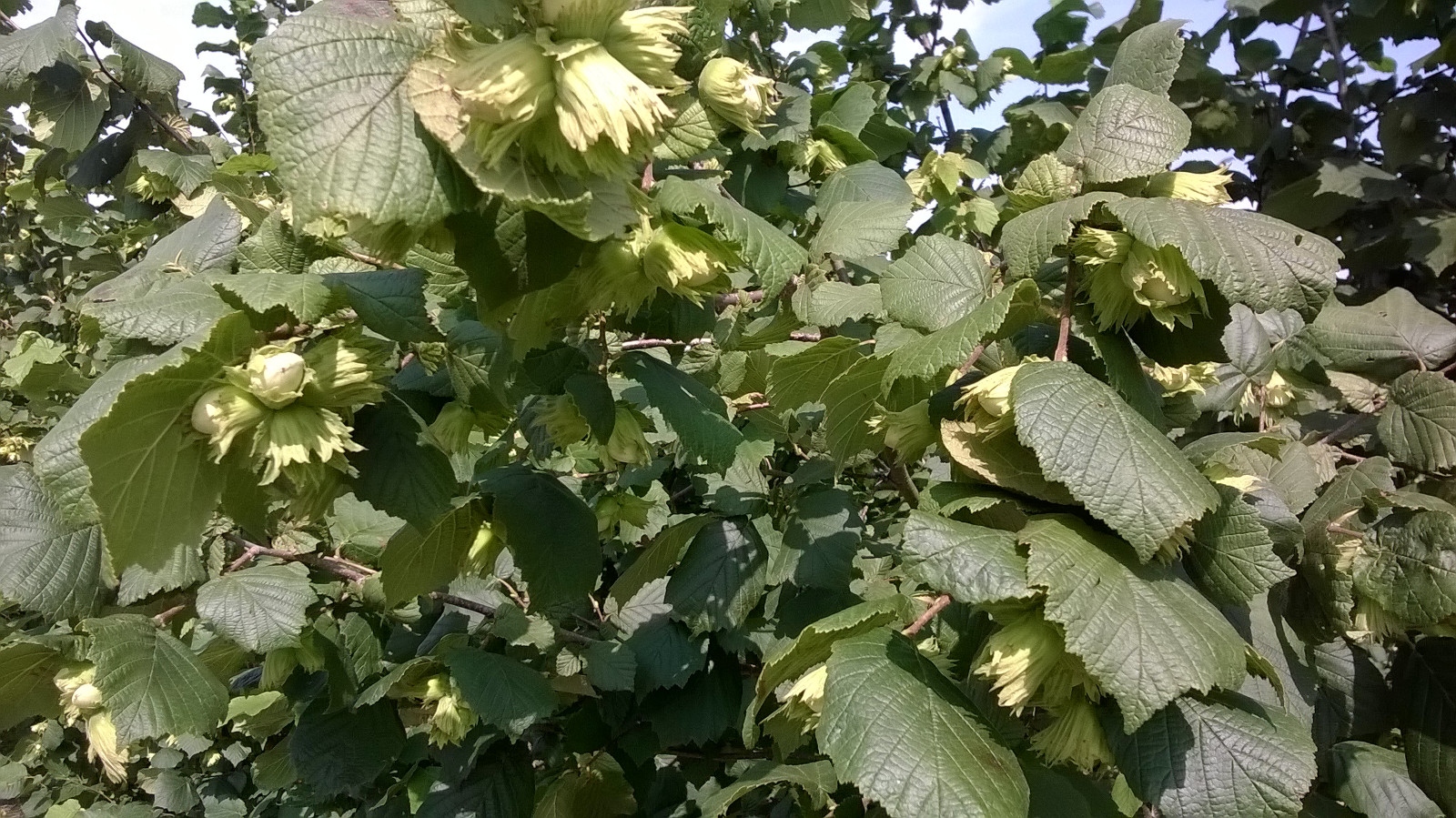
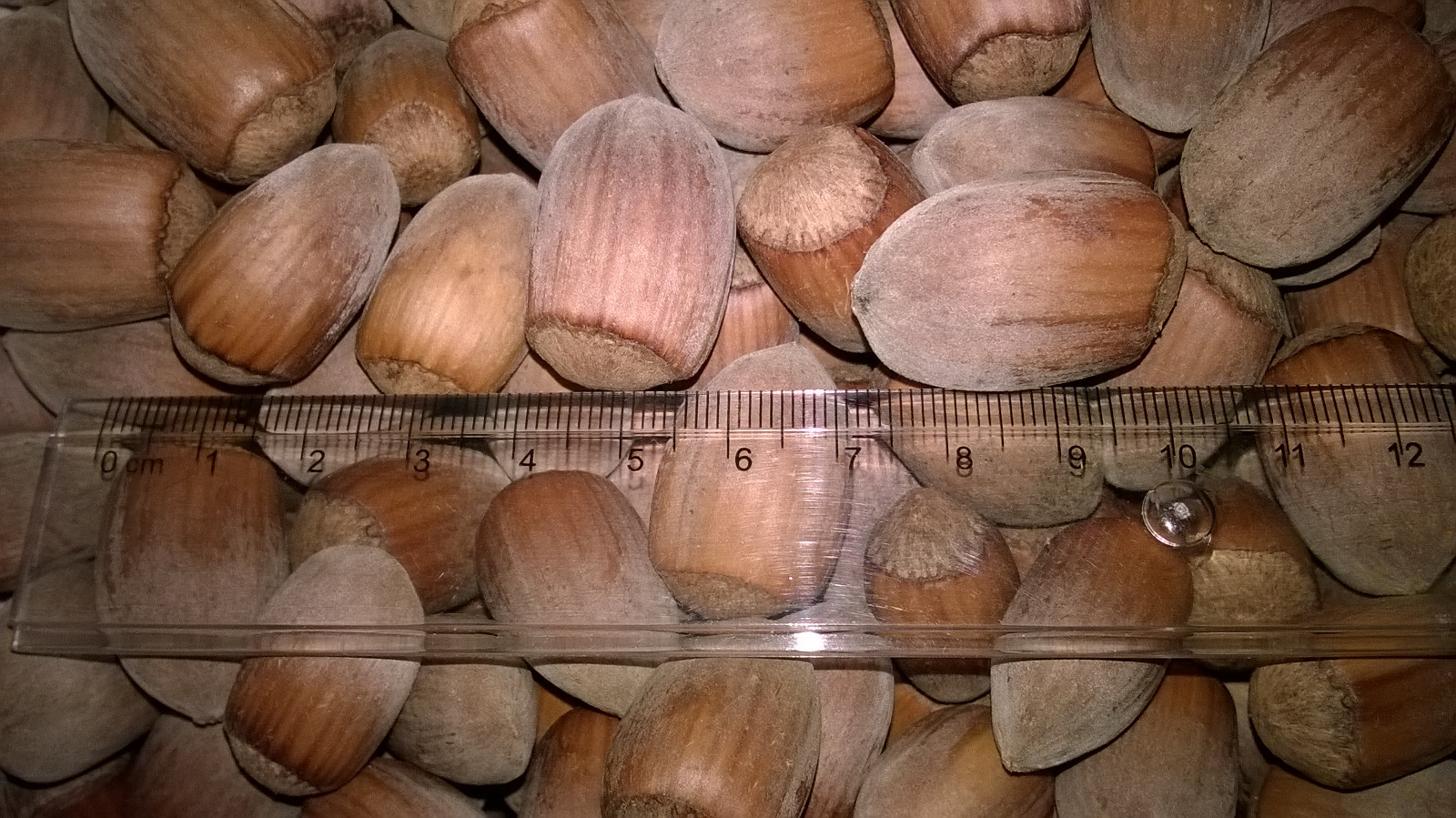
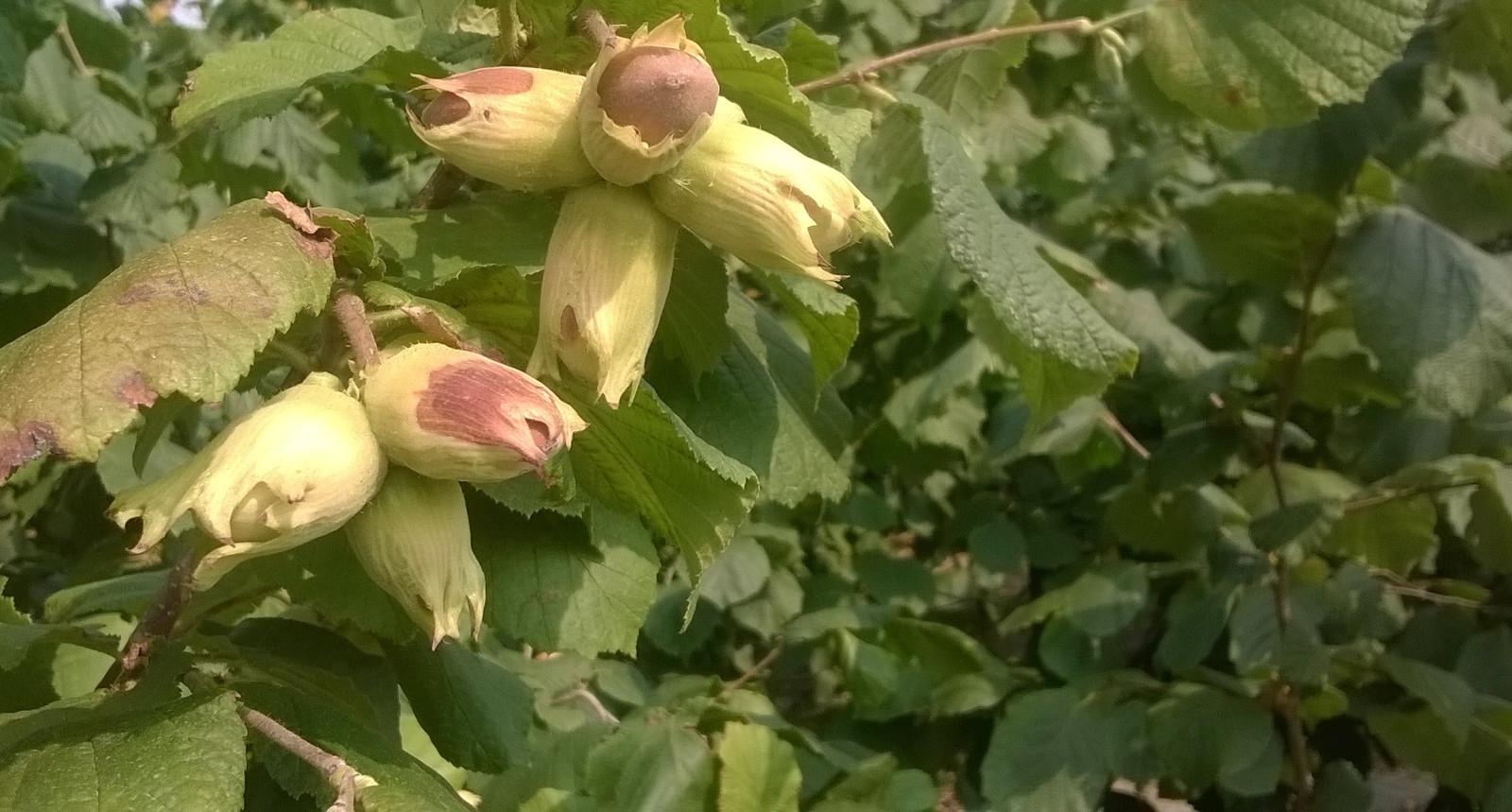

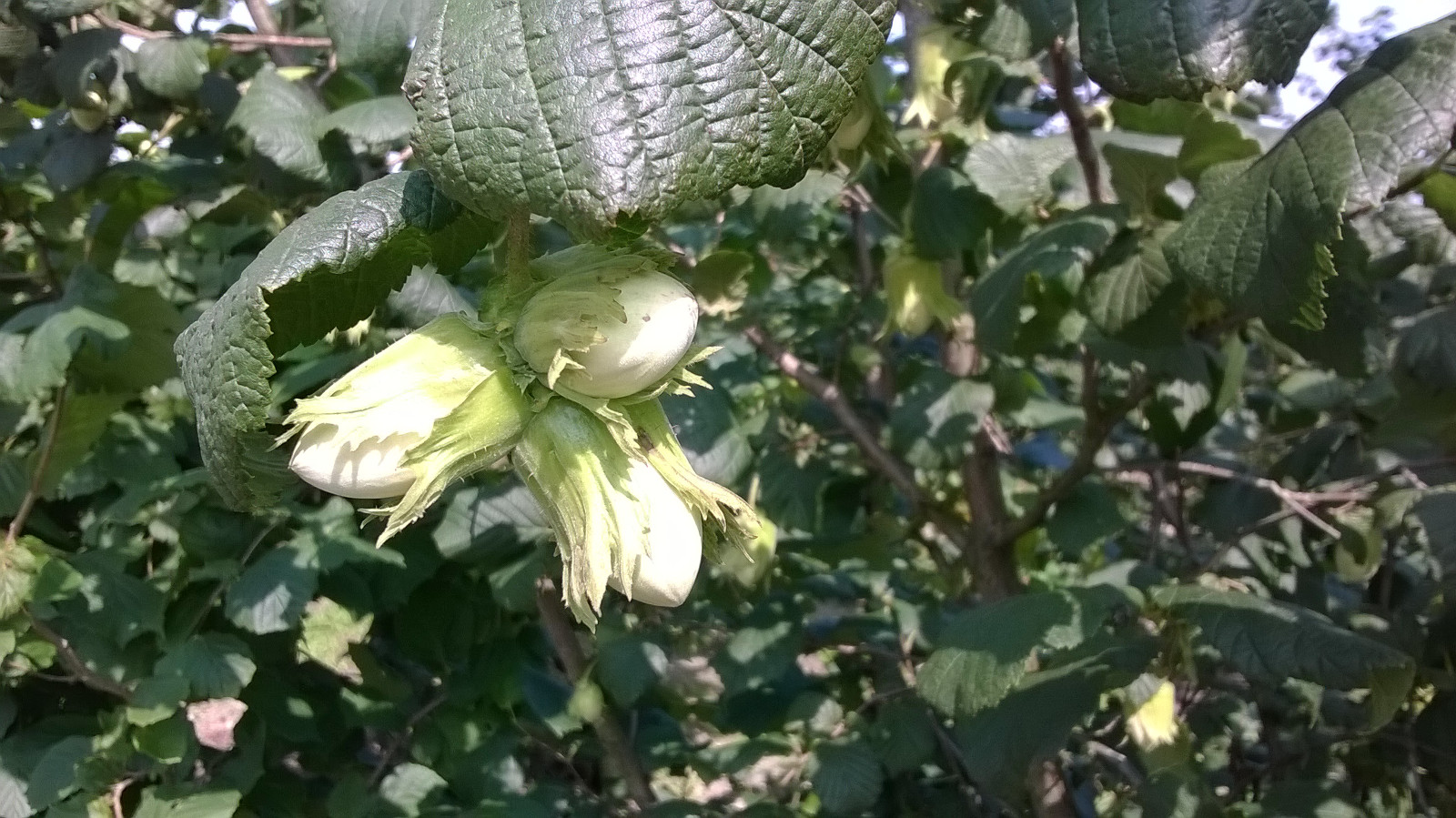
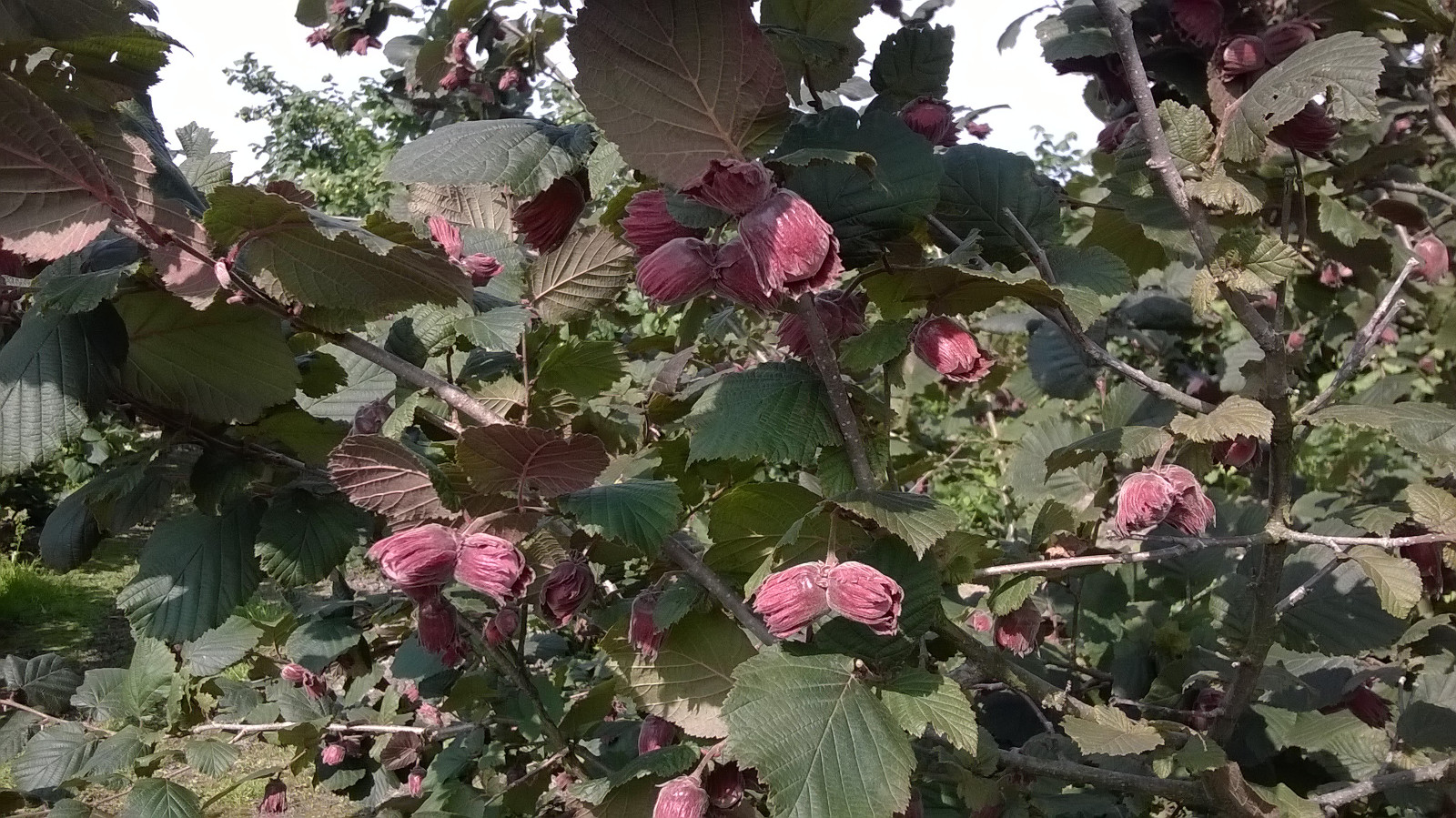
For commodity production, hazelnut is reproduced vegetally. Only this way guarantees homogenous plant-based material that has the same characteristics as given types of plant from nursery. Reproduction of hazelnut on my farm is carried on exactly this way. I run this process by planar layerings.
Here are the following types of hazelnut that I have:
In the process of reproduction by plan ar layerings, I use a big tendency of hazelnut of putting down roots. Raised this way, one-year-old seedlings are planted in the nursery next year. The plant-based material for nursery has a very good system of roots. It is a perfect material for planting in the stationary place.
SELF-PICKUP OF SEEDLING (OWN TRANSPORT ONLY)
I INVITE TO TAKE THE OPPORTUNITY AND LOOK AT MY OFFER
